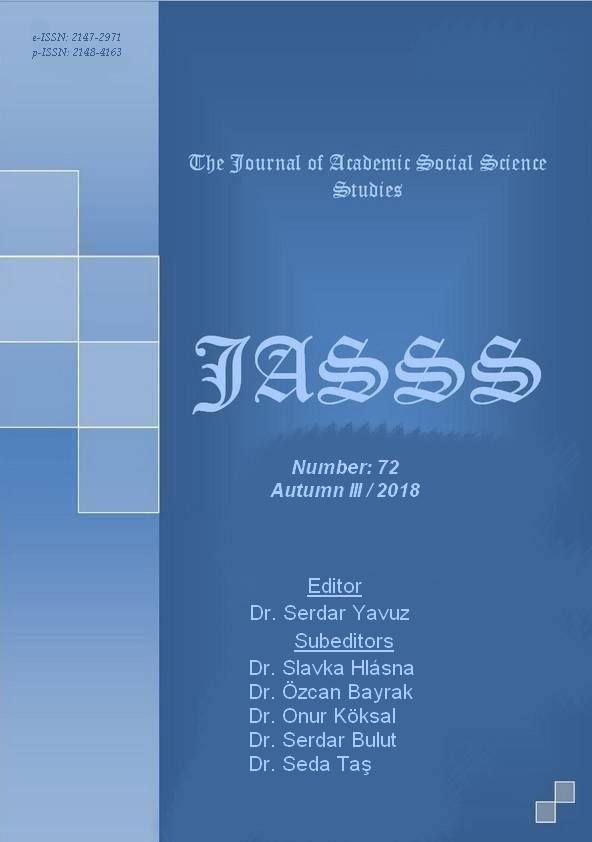Author :
Abstract
Bir kentin konut yapısı, algısı, çevreyle ilişkisi, sunduğu yaşam standartları ve insan üzerindeki etkileri birbiriyle yakından ilişkilidir. Çalışmanın amacı geleneksel konut yapısına değinmek, turizmin konut yapısı ve kullanıcı üzerindeki etkisini anlamaktır. Bu çalışmada, coğrafi özellikleri ve kültürel değerleri kadar konut tipolojisi ile de turizm merkezi olan Bodrum ele alınmaktadır. Bodrum geleneksel konut yapısı örneklerle aktarılmakta, turizmin etkileriyle nasıl bir değişime uğradığı ve bu değişimin ne gibi problemleri ortaya çıkarabileceği irdelenmektedir. Genel olarak turizm kentlerinde yaşanan olumsuzluklara örneklerle yer verilmektedir. Çalışmada turizmin sürekli yaşayan kent sakinleri üzerinde yarattığı Bodrum algısını tespit etmek için sözlü görüşmeler yapılmıştır. Yapılan sözlü görüşmelerle bir turizm kentinin konut ve kullanıcı üzerindeki olumsuz etkilerini irdelemek ve anlamak hedeflenmektedir. Turizm, kentteki ekonomik gelir kaynaklarında oluşturduğu değişimler ile mekan kimliğinde de yapısal değişikliklere neden olmaktadır. Yapılan araştırmalar ve sözlü görüşmeler ışığında turizmin etkisi olan nüfus yoğunluğunun yapılı çevredeki yansıması, kent ve konut yapısı üzerindeki etkisi ve turizm ile çevrede gerçekleşen değişikliklerin insan üzerinde olumsuz etkileri olabildiği gözlemlenmiştir. Sadece deniz turizmi ile değil aynı zamanda geleneksel kent ve konut dokusu ile de turistlerin ilgi odağı olan Bodrum gibi kentlerde geleneksel dokunun korunması önem taşımaktadır. Yapılan araştırmalar ve saha çalışmaları ile literatüre katkı sağlamak hedeflenmektedir. Bu süreci anlamak ve sorunları netleştirmek tasarımcılara fayda sağlayacaktır.
Keywords
Abstract
The housing structure of a city, its perception, its relationship with the environment, the living standards and effects on people are closely related. The aim of the study is to mention the traditional housing and to understand the effect of tourism on the housing structure and the user. In this study, Bodrum which is a tourism center with its geographical properties and cultural values, as well as residential typology, is addressed. Bodrum traditional housing structure is explained with examples, it is scrutinized that how it is changed by the tourism effects and what kind of problems these changes can reveal. The study includes the examples of the negative problems in tourism cities in general. In the study, interviews were made to determine the perception of the Bodrum that tourism has created on the inhabitants of the city. It is aimed to examine and understand the adverse effects of a tourism city on housing and the user with the interviews. Tourism causes structural changes in the space identity in the city by changes in the sources of economic income. In consideration of the researches and interviews, it is observed that the impact of the population density of tourism in the environment, the effect on the city and housing structure, and the changes in the environment by the tourism have the adverse effects on people. It is important to preserve the traditional tissue in cities such as Bodrum that is the center of attention for tourists not only with sea tourism but also with traditional housing structure. Researches and field works are aimed to contribute to the literature. It will be helpful for the designers to understand this process and clarify the problems.





